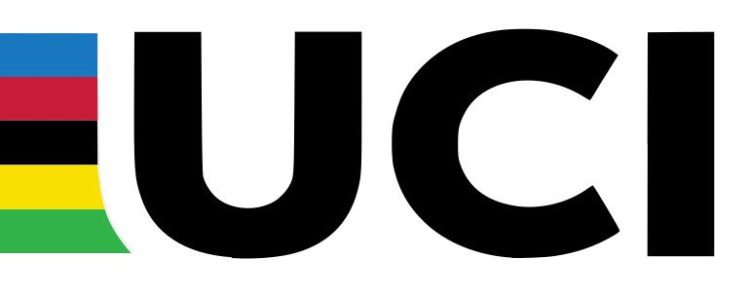Ensuring fair play and performance accuracy: the vital role of verification processes in indoor cycling
In the world of virtual cycling, fair competition and accurate performance tracking are paramount. Sadly, the rise in cheating is posing a threat to the authenticity and integrity of the sport, and this must be swiftly addressed in order to ensure a level playing field. To address this, MyWhoosh has implemented robust verification processes and anti-cheating measures – together, these make up the Performance Verification Program. To understand the importance of these measures, let us explore some of the major cases of cheating in indoor cycling.
Case Study 1: The Data Manipulation
A prominent indoor cyclist had consistently dominated the leaderboards with exceptional performance metrics. However, suspicions arose when it was discovered that his hardware was reading 40% higher than it should have been. Upon investigation, it was revealed that the cyclist had manipulated their data using a special app, altering the readings. Those fraudulent activities were eventually detected and exposed.
Case Study 2: The Hardware Hijacker
Another top-ranking cyclist displayed remarkable performance metrics. However, when their hardware was reset to factory settings, their performance dramatically declined. It was later uncovered that the cyclist had manipulated the hardware to achieve inflated results.
Case Study 3: The Impostor’s Ride
During a Championship event, suspicions arose regarding a cyclist’s performance that seemed incongruent with their physiological metrics. Interestingly, such cases appeared to be the most common in e-sports overall. To address concerns, the cyclist was invited to complete the final stage in person at MyWhoosh HQ. Surprisingly, he was 23 minutes slower than in the original race. It was revealed that someone else had been riding in his place, simulating their performance. The evidence, including heart rate and power data, pointed to an impostor.
Case Study 4: The Dubious Numbers
Another cyclist displayed suspicious numbers during a competition but failed to appear for the live stream on consecutive days. These absences, coupled with questionable data, led to their disqualification. This emphasizes the importance of active participation, transparency, and adherence to competition requirements to maintain the integrity of the sport.
Anti-Fraud Solutions
MyWhoosh takes fair play seriously, so in order to combat cheating, MyWhoosh has implemented rigorous anti-fraud dual verification process. This includes firmware checks on connected devices to prevent tampering, advanced history, and current data analysis algorithms to detect suspicious patterns, Artificial Intelligence (AI), live streaming, expert reviews against global standards, and community reporting mechanisms. These measures help to ensure fairness, accuracy, and integrity within the virtual cycling community. Ultimately, employing stringent verification processes helps us create a trustworthy environment where cyclists can compete and track their progress with confidence while taking on the rides through our map of worlds.






















